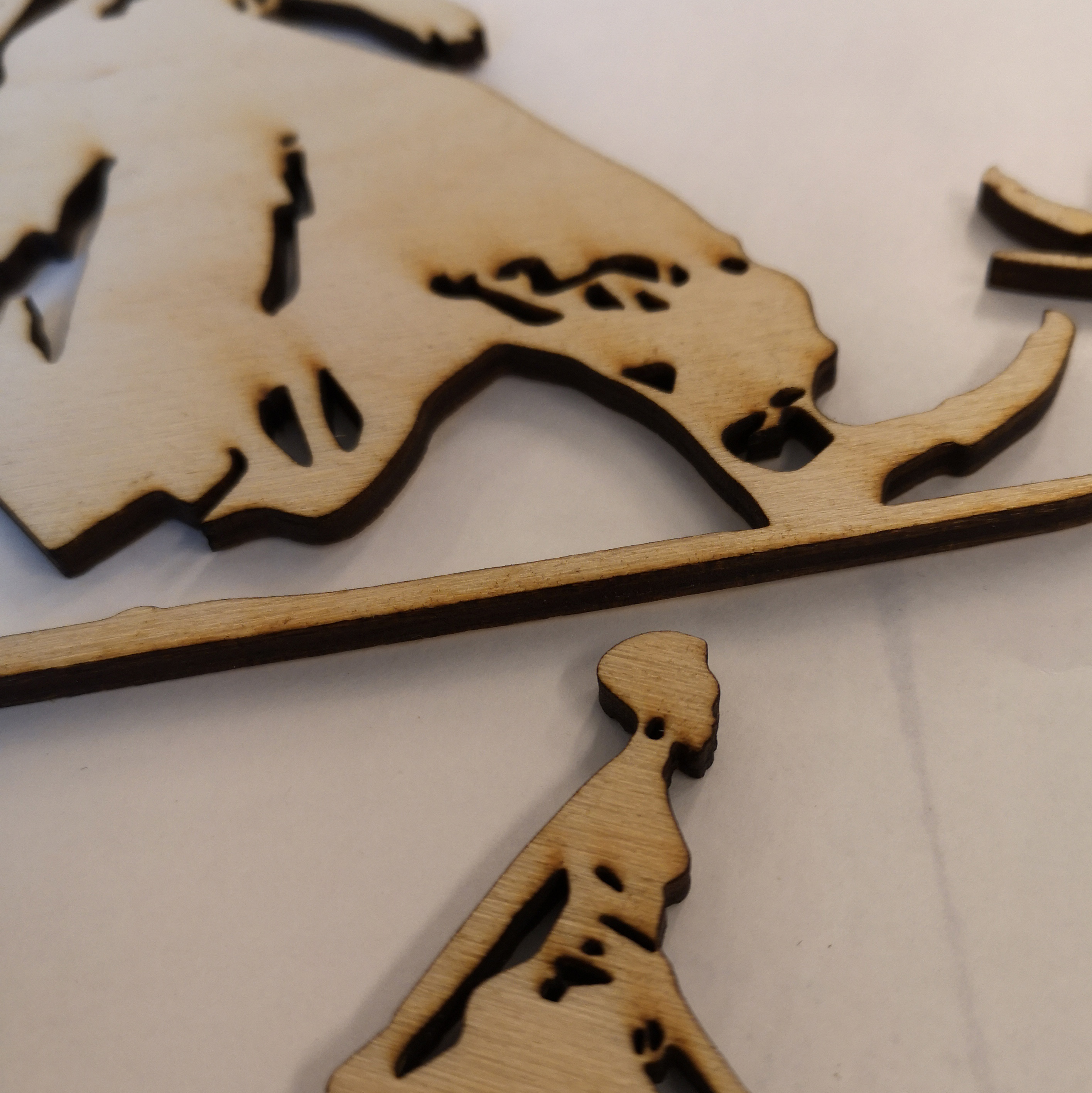Makerspace – Flipped classroom and creative processes
– A situation study from the higher education sector
DOI:
https://doi.org/10.7577/formakademisk.3875Abstract
The article describes and study a development project at OsloMet Makerspace that was introduced in 2019 as part of specialized teacher education in design, art and crafts at OsloMet, as a . The makerspace was tested as part of teaching during the third year of study, and the theoretical training was offered as a flipped classroom. The central premises were student-active teaching and addressing the curriculum’s learning outcome descriptions. The relevant learning outcome descriptions are sorted in the article under creative processes and discussed on the basis of completed and experienced curriculum levels. Based on observations, student evaluations and evaluative conversations, implementation in a makerspace appears to be fast and the student products precise, which in turn appears to give a professional impression. The study suggest that makerspaces open up new ways of achieving learning outcomes. At the same time, it is important to look beyond the fascination that the students express with the professional character and critically reflect on the quality of the products.

Downloads
Published
How to Cite
Issue
Section
License
Copyright (c) 2020 Peter Haakonsen, Gitte Skjønneberg, Laila Belinda Fauske

This work is licensed under a Creative Commons Attribution-NoDerivatives 4.0 International License.
Authors who publish with this journal agree to the following terms:
- Authors retain copyright and grant the journal right of first publication with the work simultaneously licensed under a Creative Commons Attribution 4.0 License that allows others to share the work with an acknowledgement of the work's authorship and initial publication in this journal.
- Authors are able to enter into separate, additional contractual arrangements for the non-exclusive distribution of the journal's published version of the work (e.g., post it to an institutional repository or publish it in a book), with an acknowledgement of its initial publication in this journal.
- Authors are permitted and encouraged to post their work online (e.g., in institutional repositories or on their website) prior to and during the submission process, as it can lead to productive exchanges, as well as earlier and greater citation of published work (See The Effect of Open Access).
- The author(s) must manage their economic reproduction rights to any third party.
- The journal makes no financial or other compensation for submissions, unless a separate agreement regarding this matter has been made with the author(s).
- The journal is obliged to archive the manuscript (including metadata) in its originally published digital form for at least a suitable amount of time in which the manuscript can be accessed via a long-term archive for digital material, such as in the Norwegian universities’ institutional archives within the framework of the NORA partnership.
The material will be published OpenAccess with a Creative Commons 4.0 License which allows anyone to read, share and adapt the content, even commercially under the licence terms:
This work needs to be appropriately attributed/credited, a link must be provided to the CC-BY 4.0 licence, and changes made need to be indicated in a reasonable manner, but not in any way that suggests that the licensor endorses you or your use.



